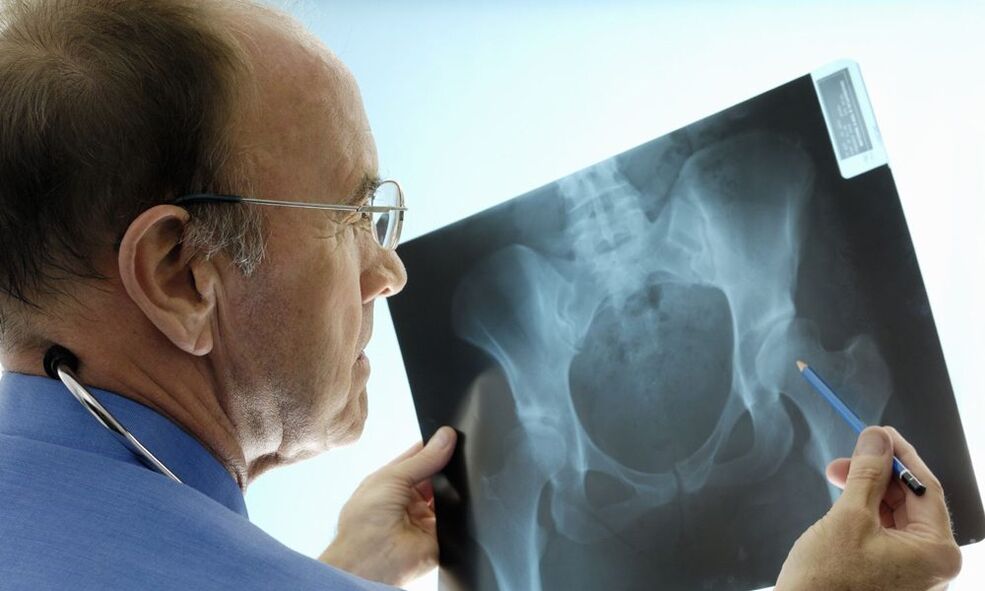
In recent decades, not only the elderly have complained of joint pain, but also that category of people whose age has barely reached 35 years. Why this happens, there is no exact information, however, the problem becomes more and more urgent every year and puzzles an increasing number of people.
Introduction
If your joints hurt, then you should not attribute the problem to such factors as weather changes, magnetic storms, hypothermia, hard physical work. This problem has completely different causes.
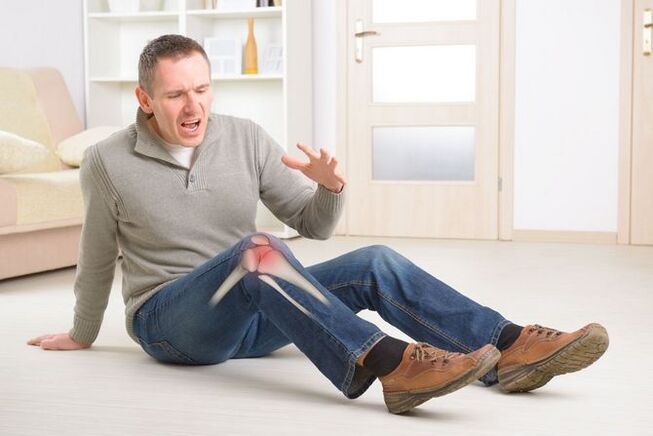
So why do joints hurt, what causes joint pain, how to treat diseased joints? This article is about all of this.
Painful joints can express themselves in different ways: at first it can be just unpleasant sensations, then crunches (crunches), after numbness and numbness, and only then the pain begins to manifest itself in different ways: back pain, sipping, burning. Joint pain is not a harmless phenomenon, and its causes can be very different.
Causes of pain
Why there may be pain in the joint, is judged by the nature of the pain and the place of its localization.
- With infectious diseases (tonsillitis, bronchitis), the pain in the joint is pulling, aching, as a rule, not one joint suffers, but several at once.
- During intoxication of the body (for example, in case of poisoning with mushrooms, alcohol), aching pains affect several joints at once.
- With the exacerbation of chronic diseases (cholecystitis, tonsillitis), joint pains are fluid in nature, that is, they can occur in one place and move to another.
- In inflammation, the pain in the joints is sharp, shooting and perforating. As a rule, one joint hurts, in rare cases - several.
Thus, the causes of joint pain can be different: infectious, inflammatory, intoxication and chronic. At the same time, if the cause is not traumatological, rheumatological or orthopedic in nature, then joint pain is far from the only symptom that will bother. Other signs of poor human health will mix with them:
- Increased body temperature;
- Fever;
- Runny nose;
- tear;
- Loss of appetite;
- rales in the chest;
- nausea and vomiting;
- Diarrhea;
- White coating on tonsils and tongue;
- loss of voice;
This is not a complete list of all the signs that may occur.
Pain with musculoskeletal problems
When various diseases of the musculoskeletal system become the reason why the joints hurt, it's time to find out which joint is unhealthy and what to do about it.
Joint pain in traumatological causes (and close to them) is completely different from others. As a rule, the symptoms in such cases can be as follows:
- Swelling and redness of the affected area.
- The sore spot is painful to the touch, hot.
- Pain in a particular joint.
- Fever.
- Numbness and stiffness in movements.
- Sharp stabbing pain with movement and sometimes with rest.
- Joint deformity.
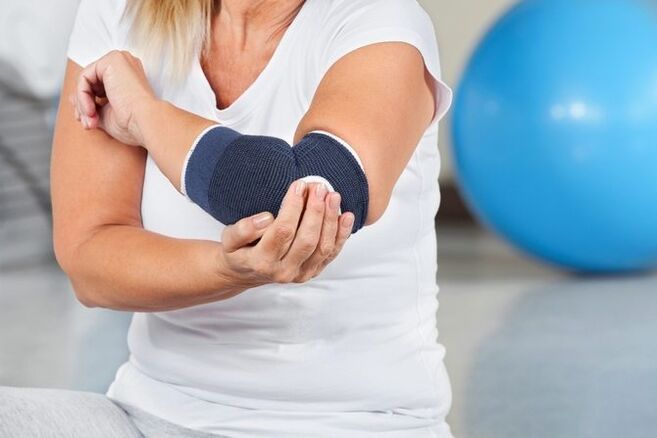
So, orthopedic causes of joint pain can be the following diseases:
- Rheumatism of the joints;
- Arthritis (polyarthritis);
- arthrosis (polyarthrosis);
- rheumatic polyarthritis;
- Drop;
- meniscus tear;
- Rupture of the posterior horn of the medial meniscus;
- functional joint pain;
Brief information on diseases.
Joint pain occurs for various reasons, sometimes it can be a symptom of a non-rheumatological (traumatic) disease when it is caused by infections. In such cases, it makes no sense to treat the joints without removing the source of infection. The pain will stop, but then all the symptoms will return. As a rule, joint pain disappears when the infectious process is suppressed.
Another reason, the most common, why the joints hurt is the pathological processes that occur inside them or the injuries suffered.
- Rheumatic arthritis (polyarthritis)- a disease, the catalyst for which is serious infectious diseases: tonsillitis, rubella, influenza, brucellosis. Large joints are usually affected, while the injury is symmetrical: two elbow or knee joints at once. Joint pain is accompanied by high fever and fever during the period of exacerbation, which practically does not occur with other diseases of the joints.
- Osteoarthritis (polyarthrosis)- pathological processes leading to partial or complete destruction (with advanced forms of the disease) of cartilage. Joint pain is accompanied by impaired motor activity of the joint. The symptoms of arthrosis and arthritis are similar, but there is a difference: a pain in arthrosis hurts when trying to move, which cannot be said about arthritis (with it, the joint hurts even at rest).
- Arthritis- degenerative processes occurring in the joint, associated with inflammation of the joint tissue and its deformation.
- Drop- a violation of calcium and salt metabolism in the body, due to which growths appear in the joint, which become inflamed and painful. Characteristic features - pain at night.
- meniscus tear- knee injury (or scapula), associated with a violation of the integrity of the meniscus. Pain in such cases occurs in the knee and gives the back, when moving, a crunch can be heard in the joints.
- Functional joint pain occurs whennervous system disorders, it makes no sense to do anything with the joint, since the problem must be found elsewhere. When it is removed, the inconvenience will pass.
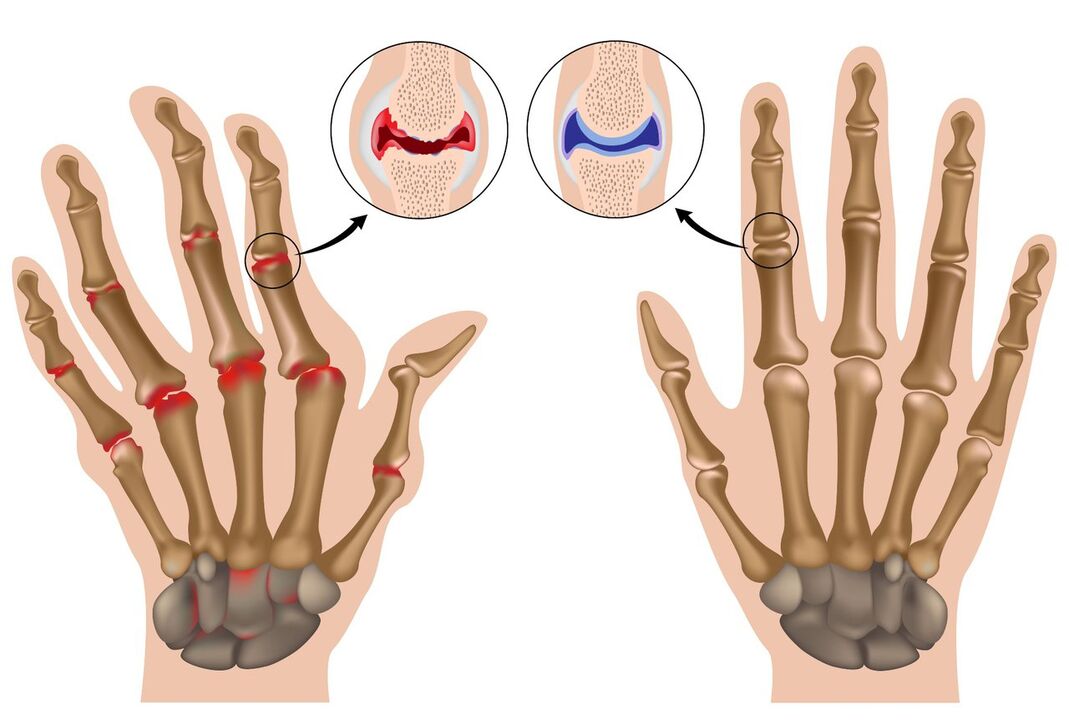
This, of course, is an incomplete list of why joints hurt, however, these reasons are the most common. What to do in such situations should be decided only by the doctor after a full examination and diagnosis.
Treatment
The treatment of joint pain is rather a secondary task, the first goal is usually the elimination of inflammation and the causes of its appearance.
It is important for the patient to understand that self-medication will not help him in any way and will only slow down the treatment process, aggravating the situation.All a person in pain needs to do is see a doctor.If it happens that the feeling of stiffness and pain in the joints arose at night and does not allow you to fall asleep, then you can drink an anesthetic and rub yourself with a warming ointment as needed.
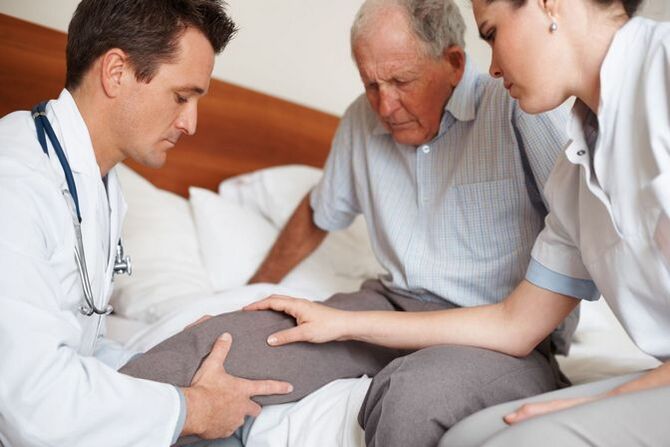
The doctor begins the treatment of joint pain only after a complete examination, obtaining the results of the examination and making a diagnosis.
Most orthopedic diseases are treated by traditional methods, and the use of surgical methods is carried out only as a last resort, when a long course of drug treatment has proved powerless.
Medical treatment (conservative method)
Conservative methods are the most popular in this case.

Not a single treatment for such diseases was complete without an appointment:
- Non-steroidal anti-inflammatory drugs, which are used in various dosage forms: ointments, injections, tablets, patches, suppositories. At the same time, it is not uncommon for a doctor to decide to prescribe NSAIDs in several forms at once: injections and ointments, tablets and suppositories with ointments. The admission course is very long, the terms of treatment are determined taking into account the individual characteristics of a person: age, physique. When prescribing, the presence of other diseases, contraindications and possible side effects must be taken into account.
- Analgesicsused in different dosage forms. With a very pronounced pain syndrome, powerful injections are prescribed, if it hurts a little, then it is quite possible to cope with pills, hot ointments, patches.
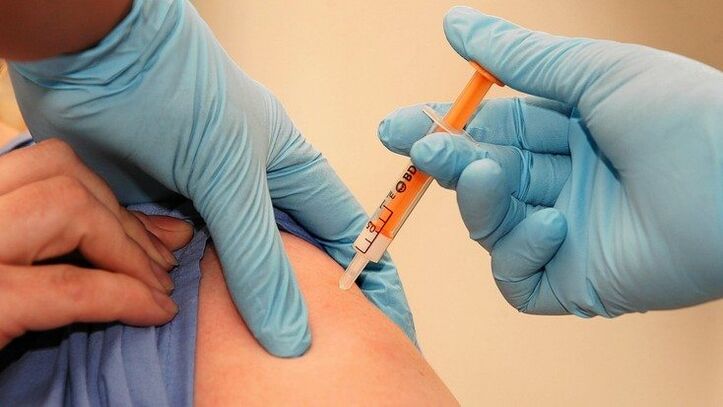
If NSAIDs did not help, turn to:
- corticosteroidsthat have advantages and disadvantages. The advantages of treatment with these drugs are that the effect can be achieved much faster than non-steroidal anti-inflammatory drugs and the lack of hormones, which do not have a very favorable effect on the body as a whole and have unpleasant consequences. in the form of hormonal imbalance, weight gain. Therefore, doctors are in no hurry to prescribe corticosteroids.
- Chondroprotectors, which are injected into the affected area in order to optimize the level of synovial fluid, normalize friction, pressure and movement of the joint.
After the end of the course of drug treatment, you can continue it with folk remedies.
Well fix the treatment:
- massage therapy;
- Gymnastics, swimming;
- Physiotherapy.
Prevention of recurrence of the disease plays an important role, for which prophylactic treatment in the form of vitamins is carried out twice a year.and NSAIDs.
Operating methods
If conservative treatment turned out to be powerless, and the joint still hurts, surgery is prescribed, the operation of which will be performed, depending on the degree of tissue damage and the diagnosis. If it is arthrosis in the third stage, it is worth doing prosthetics, that is, replacing the joint with an artificial one. If we are talking about a tear of the meniscus, then with the help of special punctures it is sewn up. In any case, the doctors will do their best to avoid surgery, and the pain has stopped no matter what.
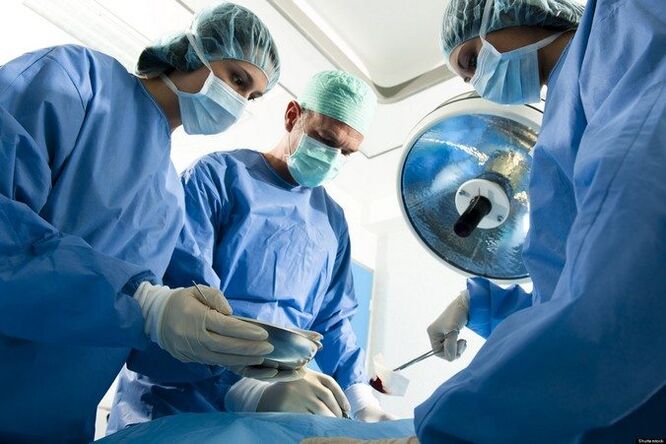
conclusion
Therefore, the joint can hurt for various reasons, it can be infectious and neurological problems. Joint pain is the main cause of pain. Don't ignore the pain, trying to heal yourself or drowning the pain with painkillers.
There are two main methods of tissue treatment:
- conservative method.
- Operative method of treatment.
Cases when surgical methods begin treatment immediately, without resorting to conservative methods, are quite rare. However, such cases also occur, for example, if a person is immobilized, and the degeneration processes are at a stage where it is useless to treat them with drugs. In such cases, it hurts so much that a person may lose consciousness from the intensity of the pain.



















































